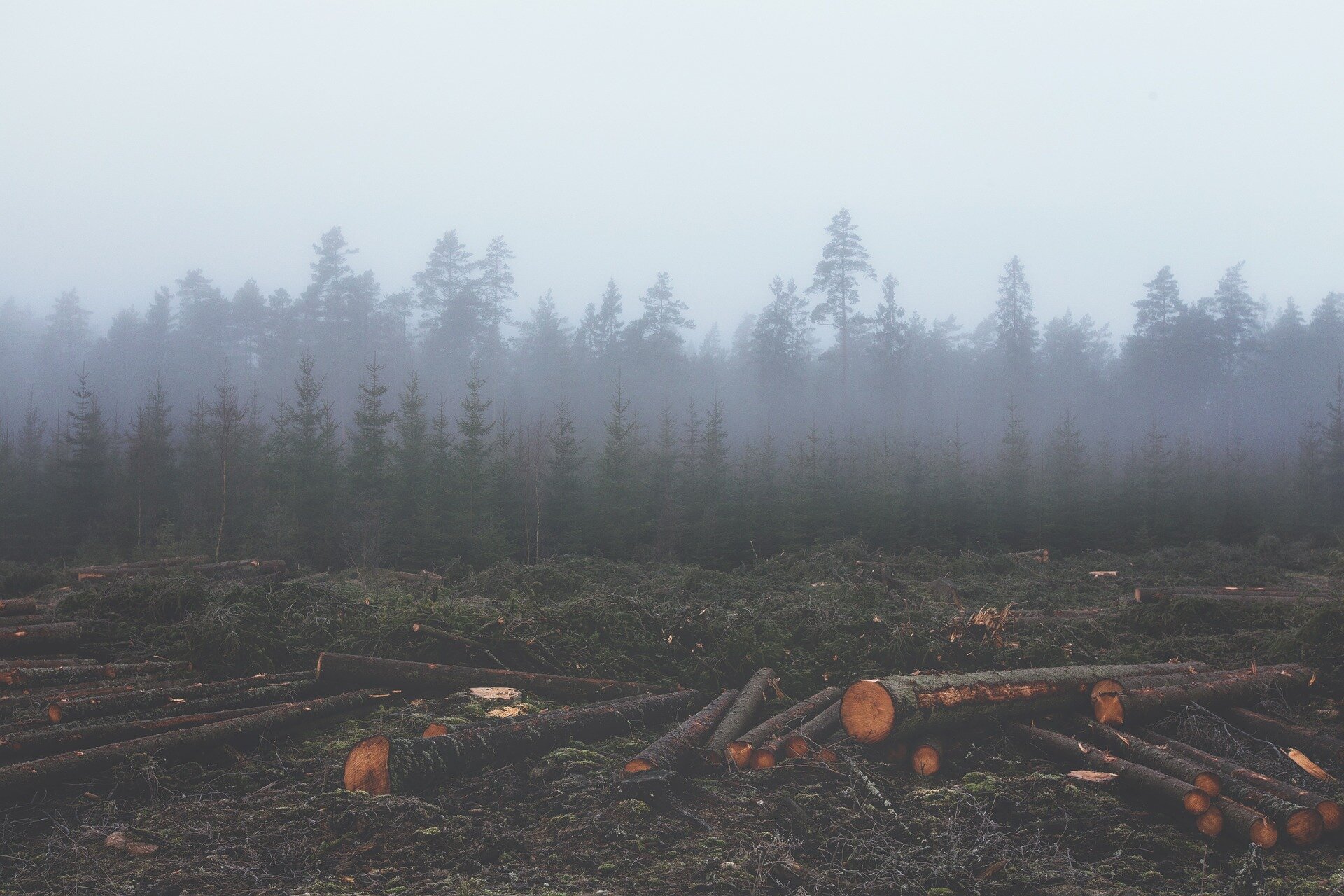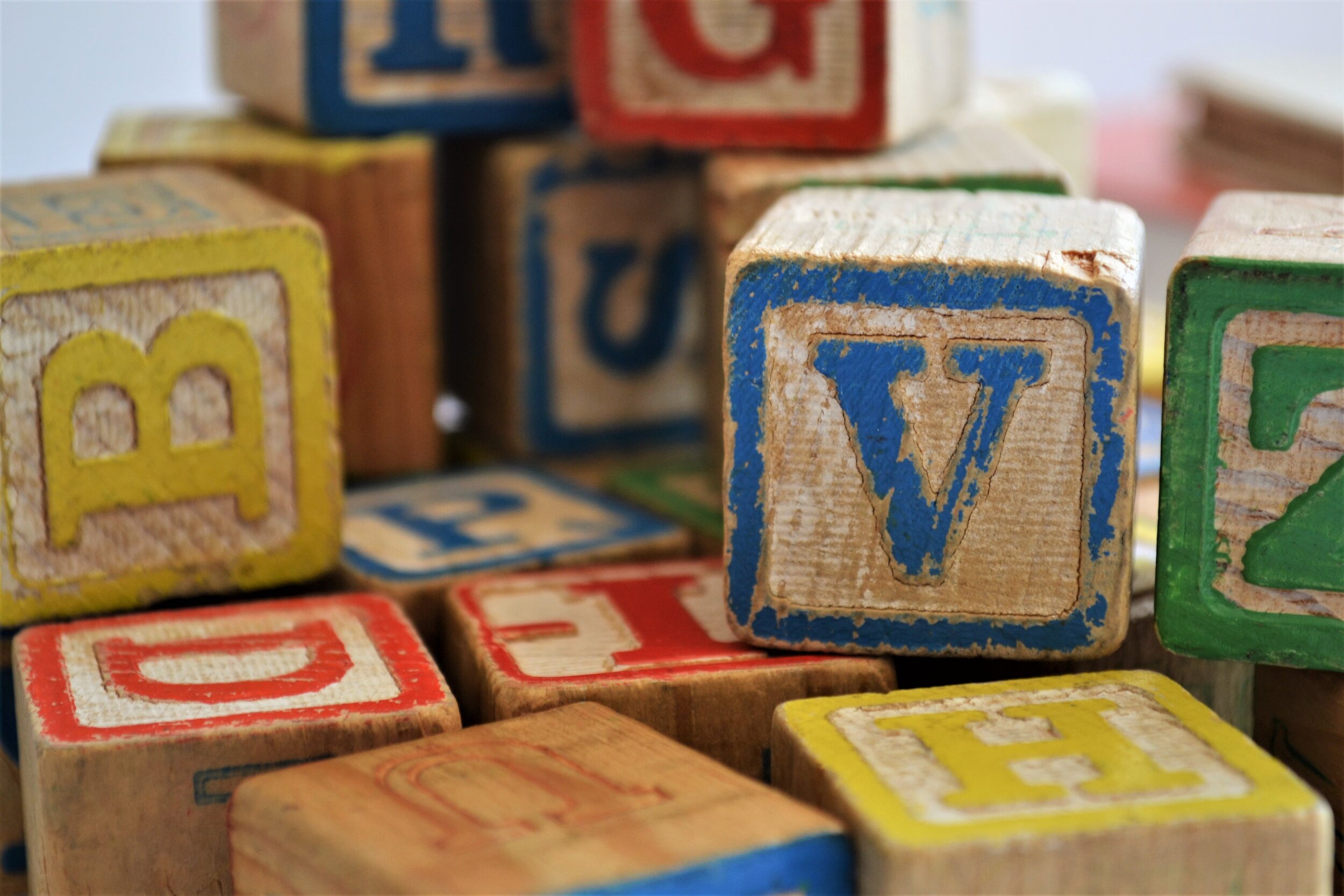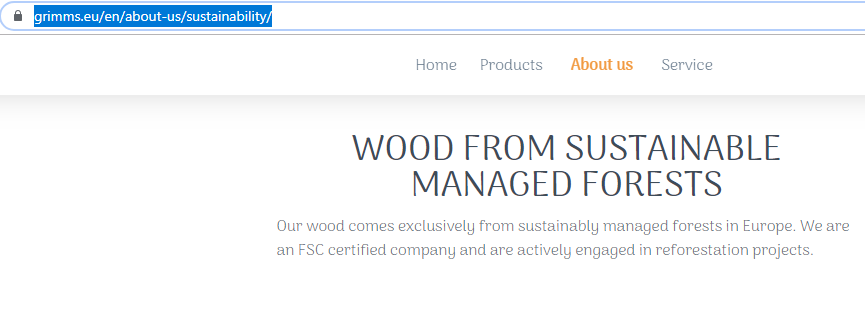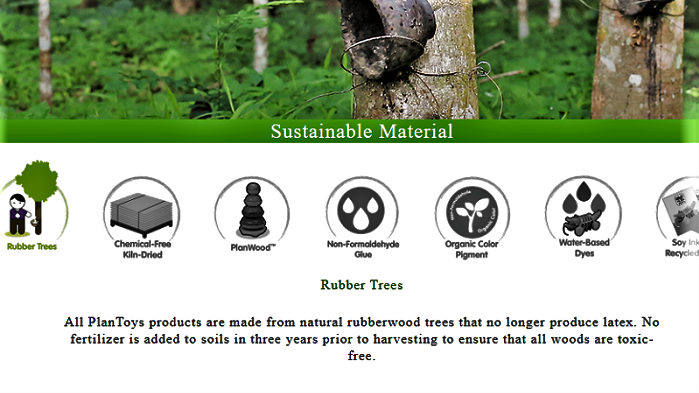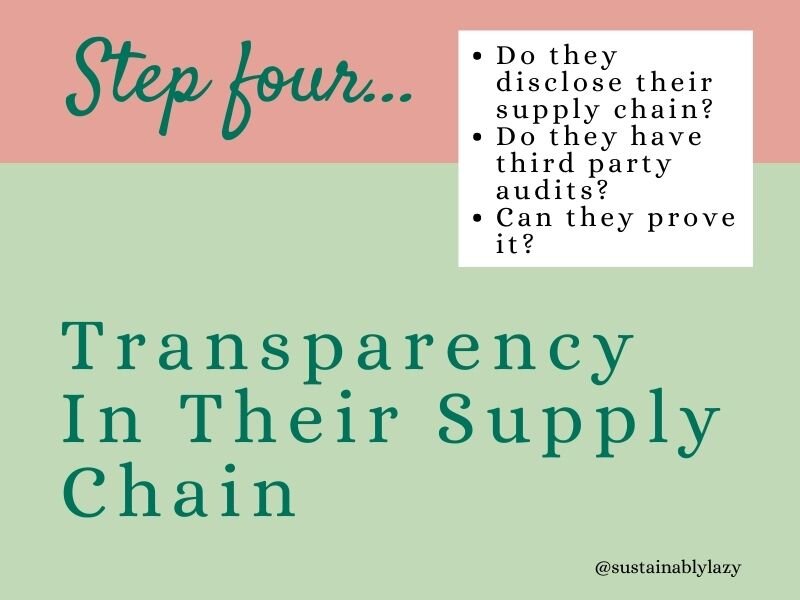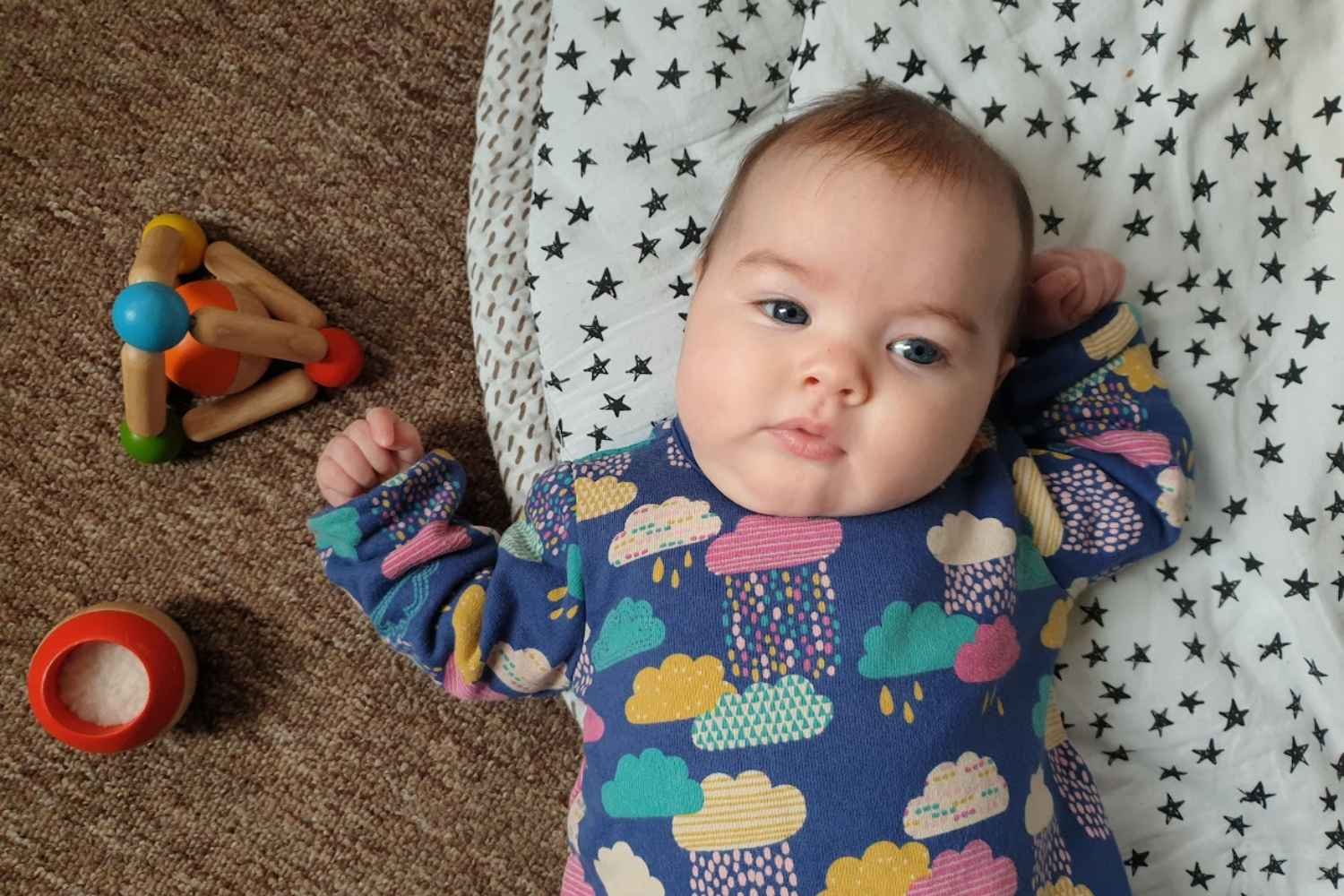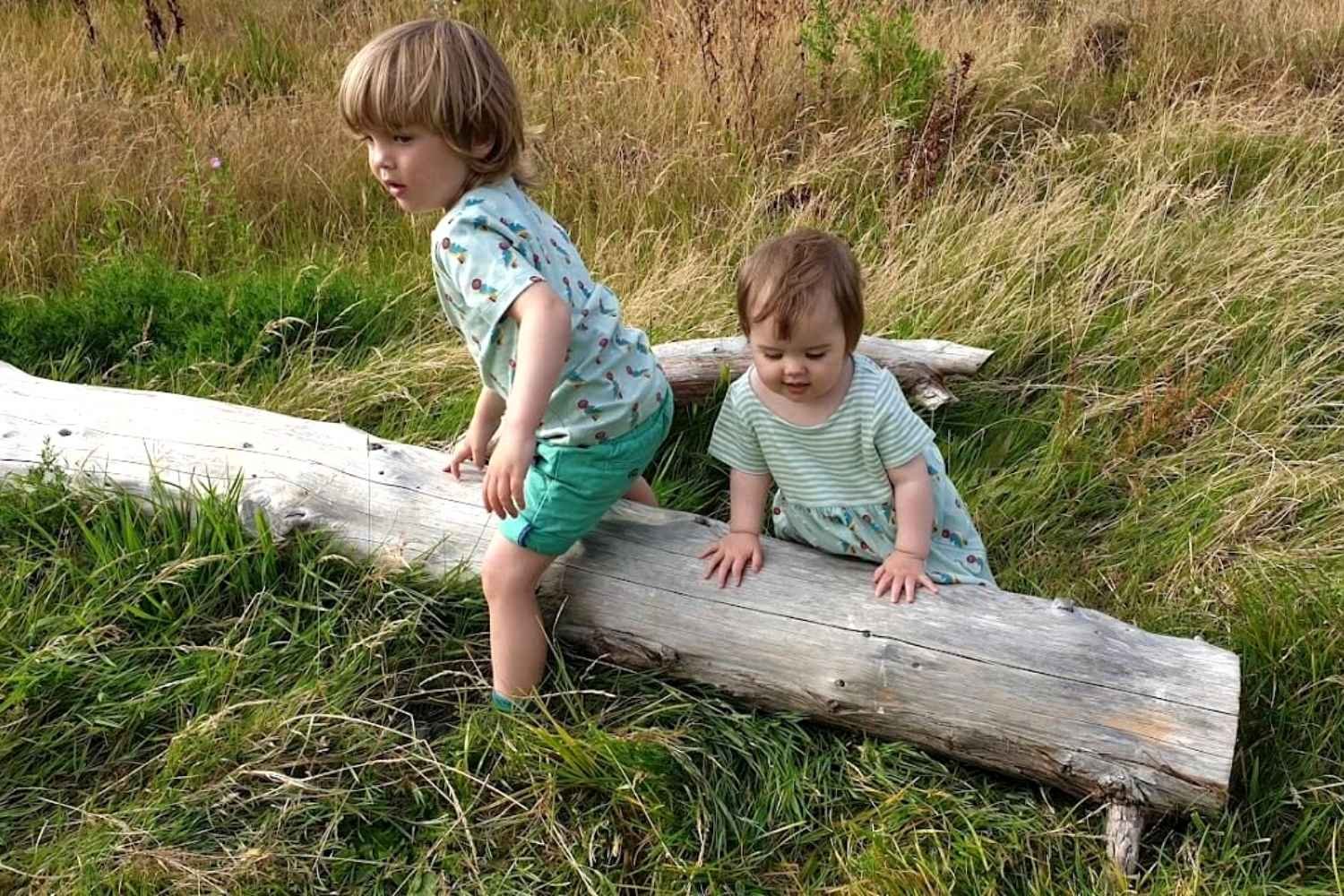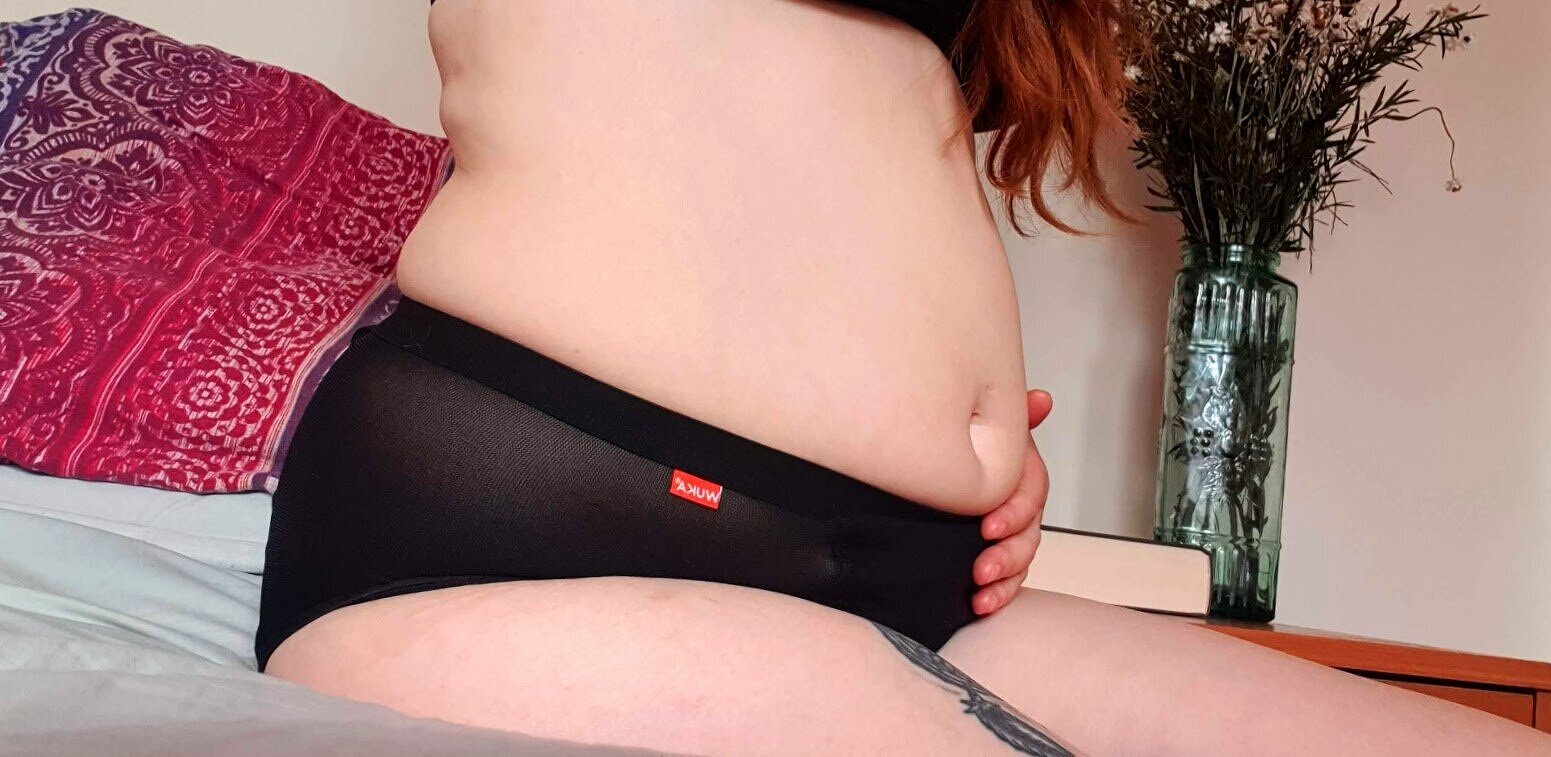My Five Step Method For Judging If A Wooden Toy Is Sustainable
This post contains affiliate links
Eco-friendly living is a bandwagon and the supermarkets have jumped right on it.
I can’t be the only one squinting over the cheap price of wooden toys these days?
You can smell the greenwashing a mile away.
As much as you want to give in to the low prices and convenience, you are reading this because you care about creating a safe planet for your children.
So do I, and that’s what prompted me to put my research hat on and I discovered some deeply disturbing issues in the toy industry.
If you’ve supported unethical brands in the past, that’s ok - we all have.
My blog is a zero- judgement zone. I wrote this post to help you make informed choices going ahead.
Buying second-hand is always the most sustainable choice and that includes plastic toys. When you need to buy new, my five-step method will help you figure out which brands are doing good.
In this article:
What is a sustainable toy company?
What is greenwashing?
How to find a company’s sustainability page
My 5 step method
What is a sustainable toy company?
A sustainable company doesn’t only think of the environment, it focuses on people and profit too.
A lot of corporations put their profits before the safety of human beings so they can take home millions in bonuses.
By supporting a sustainable toy company you are fighting for the kind of world you want your child to grow up in.
What to look for:
Brands that pay fair wages, are not causing deforestation, and avoid using hazardous chemicals.
What to avoid:
Brands that don’t tell you what type of wood and paint they use, or where their wood comes from. Companies that are paying overseas poverty wages, and then stashing their profits in offshore tax havens are also best avoided.
It’s also important to keep an eye out for greenwashing so you’re not fooled.
What is greenwashing?
65% of consumers said they’d pay more for sustainable products source
It can be challenging trying to work out if a brand is eco-friendly or just pretending they are to make more money.
When a retailer spends more time trying to convince customers it is environmentally friendly than actually making sustainable changes it is known as “greenwashing.”
The lack of transparency in supply chains allows big businesses to abuse their power while profiting from the growing demand for sustainable products.
Not only is it immoral to hide other unethical behaviour behind an eco-friendly action, but consumers might be tricked into paying more money because they think the product is sustainable, when in actual fact it is causing harm.
How to find a company’s sustainability page
You should be able to locate a company’s sustainability or environmental policy, either in their “about us” section or in the small print at the bottom of their website.
If you can’t find one, type the company name and the words “environmental policy” into a search engine.
If you still can’t find a policy or an answer to any of the above questions, it’s a bad sign. Regardless, be sure to use their contact form and throw an email their way so they know there is a demand for this kind of thing.
Tap to pin this on your Pinterest:
My 5 step method for judging if a wooden toy is sustainable
Use a company’s sustainability page to find out information on the following points.
If you can’t find the answer you are looking for, send an email their way.
1. Do they have green certifications?
Why are third party eco labels important?
I like to begin by looking for third-party green certifications because this does part of the work for you (you will have much less of a headache by the end - trust me).
This means their products and their business ethics meet a certain set of criteria that is decided by a separate non-profit organisation.
Some examples of green certifications a company can hold are:
Fair Trade
Carbon Neutral
Spiel Gut
Certified B Corporation
Blue Angel Ecolabel
These eco labels cover everything from fair prices for raw materials to environmental pollutants.
How do I find out if a company is certified?
All the green certifications have a logo that brands will proudly display on their packaging, and on their website.
Alternatively, you can go onto the certification website and search for approved kids retailers that way.
2. Raw Materials:
If a company doesn’t tell you where their wood came from then there is no way of knowing whether it was harvested legally.
Our forests are home to 70% of the world’s plants and animals, and if humans keep cutting down trees faster than we are planting them, up to 28000 species could go extinct in the next 25 years.
Indigenous people depend on the forest to sustain their lifestyle. They need large areas of forest to forage and hunt animals so deforestation and the mass extinction of wildlife is having serious consequences for these tribes.
Logging companies and certain governments have no respect for their human rights,
DID YOU KNOW: It is estimated that 15 billion trees are cut down every year, yet we depend on trees to absorb carbon dioxide from the air and produce oxygen.
Can you imagine the effect climate change will have when there are no trees left?
[Photo credit: Robert Jones]
Why is the Forest Stewardship Council (FSC) untrustworthy?
The FSC logo was supposed to show that the wood or paper was sourced from a well-managed forest.
However, over the last two decades, there is little evidence that forestry practices have improved.
According to Ethical Consumer, there are regular (almost monthly) scandals involving FSC certified companies being linked to illegal deforestation and destruction of endangered wildlife habits. Yet these companies remain FSC certified.
The FSC uses dozens of private companies to complete its audits on the timber companies, it doesn’t audit them itself. These private companies are accredited by the FSC to give out certification to forest operations but the conflicts of interest mean the system gets abused.
Here is an example.
In 2018, Greenpeace declared it would no longer support the FSC because of its failure to protect forests.
“When implemented effectively, Forest Stewardship Council certification can protect people’s rights and improve forest management, but we no longer have confidence that FSC alone can consistently guarantee enough protection, especially when forests are facing multiple threats. FSC is not consistently applied across regions, especially where there’s weak governance.”
If you’re considering buying a FSC certified product, make sure you check the logo says “FSC 100%” because if the logo says “FCS mix” only 70% of the wood has to be from audited forests.
For more information, here is a documentary about FSC that was aired in 2018.
How can you tell if a toy is using sustainable wood?
Some types of wood are less destructive to cut down than others. If you don’t want to support companies that may be using illegally logged wood, consider the following:
Rubberwood
This tree produces latex every year and so is commonly used for rubber production. After 30 years, rubberwood stops producing latex and used to be felled and left to rot (bad for climate change) so new ones could be planted.
Companies, like Plan Toys and Lanka Kade, use the wood that would otherwise be going to waste and turn it into toys.
European Forests
Look for toy brands where the wood used comes from forests in Europe.
European Forests are a safe choice because the law states more trees must be harvested than cut down and they limit harvests annually.
If a brand says its Toys are sourced from the EU it is much more likely to be from a sustainably managed forest.
A screenshot from Grimm’s website revealing their wood comes from European forests.
If a company’s website doesn’t tell you where their wood comes from - email them and ask.
I recently emailed Haba, an ethical German toy manufacturer, asking where their wood was sourced and they replied within 10 minutes letting me know that all their wood (Beech) is harvested in forests 150km from their company. I wish everybody replied that fast!
Screenshot of my email response from Haba about where they source their sustainable wood from.
Wood to avoid:
If a toy materials are sourced from from Africa, South America (The Amazon), Asia, USA and even Canada it is not guaranteed to be a well-managed forest.
A lot of manufacturers use wood from Asia, in particular China, including some ethical brands. It doesn’t automatically mean you shouldn’t trust them, but I would highly recommend communicating with them to find out what they are doing to ensure their suppliers aren’t using illegally harvested wood.
“Illegal logging is far from an isolated environmental problem. Instead, it is a global challenge that has direct implications for our ability to fight climate change and biodiversity loss”
Article: how illegally harvested wood is greenwashed in China.
You should also opt for hardwood over MDF or plywood because formaldehyde is present in these types of wood. I will explain more about formaldehyde in the next section.
3. Do they use eco-friendly chemicals?
What are eco-paints?
Mass-produced wooden toys are often painted using plastic-based paint (it never ends, does it?) Paint made from natural ingredients is known as “eco-paint.”
Eco-paint is free from synthetic materials, petrochemicals, animal ingredients, and toxic glues. Is it easily accessible, but it is not mainstream so if a company does not tell you it uses natural, plant-based, cruelty-free paints then it probably doesn’t.
What are the problems with mainstream paints?
Many paints, like acrylic, are made using petroleum - a fossil fuel. It is popular in mass-production because it dries quickly.
Paint is not vegan. Milk, shellac and beeswax are popular ingredients in commercial paint. Animal testing is also very common in the paint industry.
Formaldehyde is a VOC, not only used in production of MDF wood, but it is present in glues. Formaldehyde is a classified carcinogenic and has been linked to respiratory conditions, such as asthma. More information about Formaldehyde in the home.
How do you know if a toy is using non-toxic paints and glues?
Many sustainable brands replace acrylic paint with water-based dyes.
Look out for terms like:
eco-paint (you will still have to double check if you’re vegan)
soy ink
formaldehyde-free glue
vegetable dyes
organic dyes
vegetable oil finish
You may feel like banging your head against the wall when you discover that many commercial brands don’t provide any information about their paint or glue. It’s still worth sending them an email though.
I always start my email by letting them know I understand their chemicals comply with EU safety regulations because that will be the first response you get if you don’t.
I've emailed many wooden toy companies asking which type of paint they use and I usually only get two responses:
Silence (the most common)
A paragraph about how their products complies with EU regulations… blah blah blah. No actual response to my question.
This is why I always believe the worst if they haven’t already shared the information on the environment page on their website - it feels like they’re trying to keep it a secret.
Companies I've emailed asking what sort of paint and glue they use:
Melissa and doug - no response after multiple attempts, including on Twitter
Hape - no response
ELC - no response
Brio - solvent and water based paints that comply with the EU regulations
Janod - no response
Bigjigs - water-based paint and dyes
Let me know if you’ve asked any toy companies so I can add it to this list.
Plan Toys are a great example of a company that provide loads of information about their use of chemicals, their wood sourcing and their entire manufacturing process.
A screenshot from Plan Toy’s website
You can browse Plan Toys here.
4. Do they have a transparent supply chain?
A transparent supply chain is where nothing is kept a secret and consumers can find out where their products came from and who made them.
Transparency protects the rights of the people who are making the toys and holds corporations responsible for the health and safety of the factory.
You wouldn’t buy a toy if you knew the woman making it was regularly abused at work, would you? By keeping their supply chains a secret, companies are turning a blind eye, and refusing to take responsibility for their workers safety.
Signs that a brand has a transparent supply chain overseas:
A company needs to have their factories audited to ensure they are safe. They should be able to provide proof they do this for all of them (greenwashing would be focusing on one factory when they use hundreds)
It’s more trustworthy when a reliable third party auditor can check their factories are safe and free from child labour.
A company will have environmental and social policies on their website, covering issues like modern slavery, gender equality and child labour
They will provide information about how they are putting these policies into action.
A smaller company may visit their factories themselves, often providing photographs.
They have published a list of suppliers and locations for each part of the manufacturing process - from the people cutting down the trees, to the people creating the toys
They have future goals (because nobody is perfect)
An example of this is Lanka Kade, a certified Fair Trade company who provide details and images on their website:
Screenshot taken of Lanka Kade’s website
Click here to browse toys by Lanka Kade.
It’s worth noting it is a legal requirement for companies of a certain size to have a modern slavery policy - that is the bare minimum that should be on their page. Smaller businesses are not required, but they still have a responsibility - even if they are UK made.
Human trafficking is a global problem, including in the UK.
5. Do they pay a living wage?
What’s the problem with minimum wage in developing countries?
You are probably aware that most toys are produced in developing countries, like China and Vietnam. It’s because minimum wage is much lower than in western countries allowing toy retailers to keep costs low for consumers.
Minimum wage = lowest wage an employer can legally pay their staff
Living wage = a wage that covers all basic needs and provides discretionary income
One of the reasons global poverty exists is because governments set unethically low wages. They do this out of fear that if they raise the national wage, big corporations will take their business elsewhere.
Unfortunately low wages and poverty leads to child labour, excessive overtime, and poor working conditions in factories.
All human beings have a right to wages that cover their basic needs, their rent and allows them time off for sickness and maternity.
So when you read a corporation’s sustainability policy and they say they pay the legal minimum wage, they are telling the truth - it just might be less than £200 a month.
What can you do at home?
It isn’t right we get lots of cheap wooden toys accessible to us while the people making our toys can’t afford to feed their children.
The easiest action you can take is to buy less and buy better.
1. Choose ethical brands
The main reason that ethical toys cost more is they aren’t supposed to be cheap. If they are then somebody somewhere isn’t being paid properly for their work.
2. Buy second hand toys
Understandably, not everybody can afford expensive handmade toys. If this is you, consider the second hand market, it’s wonderful! I’ve got many of my ethical wooden toys preloved too.
3. Communicate with brands
Send emails to companies that mass-produce toys for minimum wage. Let them know you care about the welfare of their factory workers. Reputation is important to corporations and if enough people complain, they may actually listen.
TOP TIP: Save your email to the notepad on your phone or laptop so you can copy and paste it when making enquiries
Second hand is always best, but just in case you want to buy new, you now have the skills to make an informed choice about which brands you support.
Do you have a favourite ethical brand? Let me know in the comments below.

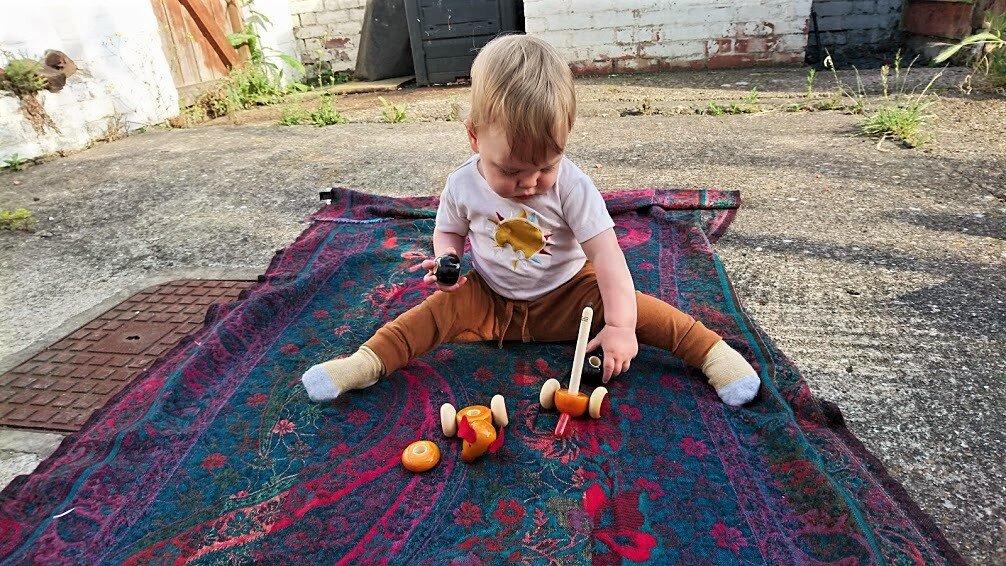






![[Photo credit: Robert Jones]](https://images.squarespace-cdn.com/content/v1/5bb8cd5aa09a7e4c80cb9fd8/1573718856148-81VUQBLHOP0MPPY8BSEU/Deforestation+is+a+leading+cause+of+climate+change%2C+all+so+we+can+overconsume+palm+oil%2C+paper+and+wooden+products.)
